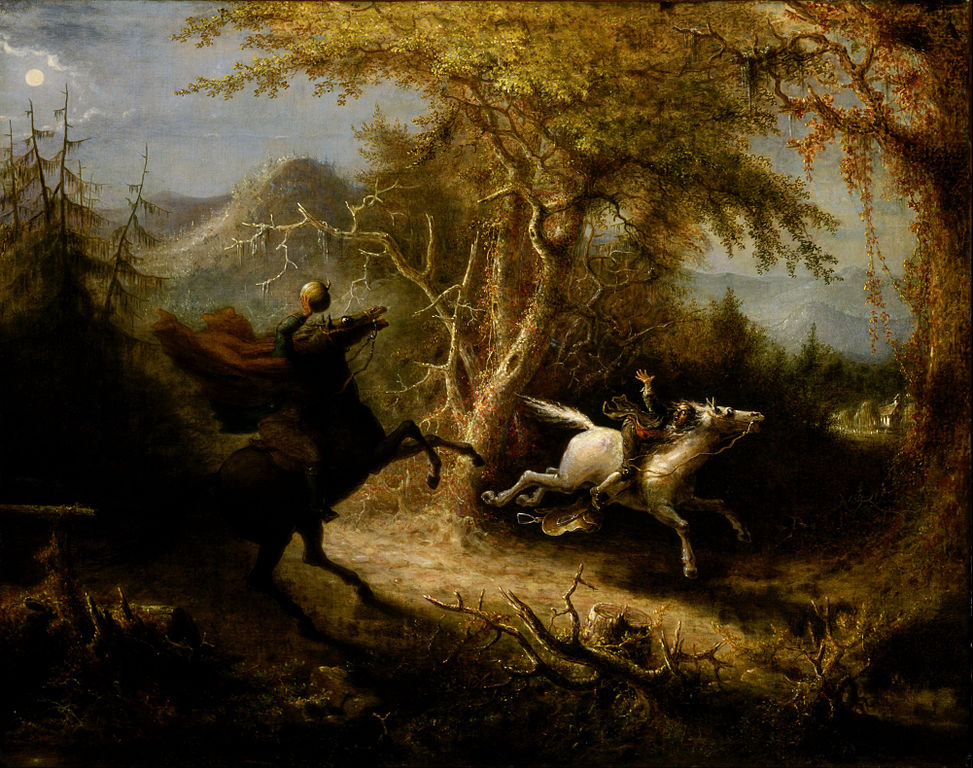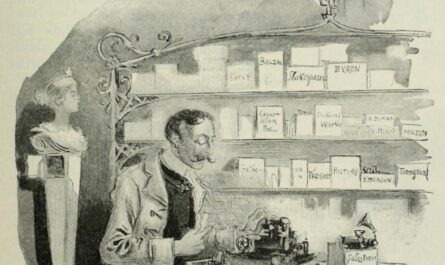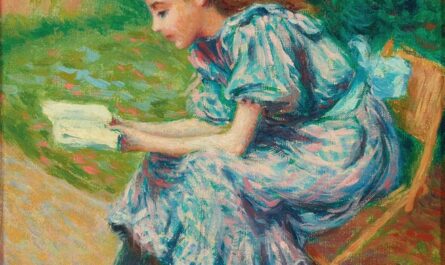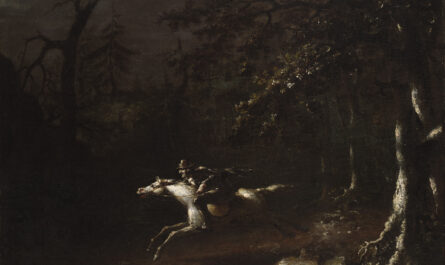Reading for entertainment is one of life’s simple pleasures, and revisiting a beloved story only deepens that enjoyment. It’s why we return to Narnia year after year, or accompany those young hobbits to Mordor time after time; the story captures our imaginations and creates a welcoming place to while a few hours. Every autumn, I re-visit “The Legend of Sleepy Hollow,” which reliably puts me into an seasonal state of mind. Irving’s spooky short story transports me to crisp golden days, mugs of hot coffee or warm cider and tempting pastries. I’m reminded to step back and observe the changing of light and seasons, to enjoy time as it comes. Autumn is a weeks-long reminder to take a deep breathe of the crisp air and pay attention to what is going on around us.
What struck me on my most recent reading was Irving’s wonderful use of rich language. He certainly had fun with his descriptions, painting idyllic views of the New England countryside just as vividly as the mouthwatering feast our schoolteacher imagined upon his arrival at the Van Tassel farm. Author and professor Francine Prose urges writers to describe an action or the surroundings of a place with “the specific and energetic use of language,” which Irving exemplifies throughout this short story. We have muted shades of leaves, the songs of birds, and metaphors aplenty, painting a ripened feast for the eyes. Today, I want to look at two passages of brilliant description in particular, and why they are especially effective.
‘A fine autumnal day’
The first passage of delicious language appears in the second act of our story. Our narrator, Diedrich Knickerbocker, has described the valley in which Sleepy Hollow sits and the lovely day at hand, along with Ichabod, Katrina van Tassell, and Brom Bones, our principle players. As Crane plods on his old and cranky borrowed horse toward the van Tassell farm, we are treated to a beautiful description of a day late in the year. This valley is described as quiet and pastoral; a beautiful New England glade just outside Tarry Town, New York.
“It was, as I have said, a fine autumnal day, the sky was clear and serene, and Nature wore that rich and golden livery which we always associate with the idea of abundance. The forests had put on their sober brown and yellow, while some trees of the tenderer kind had been nipped by the frosts into brilliant dyes of orange, purple, and scarlet. Streaming files of wild-ducks began to make their appearance high in the air; the bark of the squirrel might be heard from the groves of beech and hickory nuts, and the pensive whistle of the quail at intervals from the neighboring stubble-field.
“The small birds were taking their farewell banquets. In the fulness of their revelry they fluttered, chirping and frolicking, from bush to bush and tree to tree, capricious from the very profusion and variety around them. There was the honest cock robin, the favorite game of stripling sportsmen, with its loud querulous note; and the twittering blackbirds, flying in sable clouds; and the golden-winged woodpecker, with his crimson crest, his broad black gorget, and splendid plumage; and the cedar-bird, with its red-tipt wings and yellow-tipt tail and its little monteiro cap of feathers; and the blue jay, that noisy coxcomb, in his gay light-blue coat and white under-clothes, screaming and chattering, bobbing and nodding and bowing, and pretending to be on good terms with every songster of the grove.”
This passage, more than any other I’ve come across in literature, remains the single, most evocative description of autumn’s splendor. The brilliant colors and sounds described leave you feeling the warm sunshine on your face and crisp leaves underfoot without ever actually using those descriptors. But why does it work so well? In particular, it’s Irving use of specific colors at certain points, while allowing the reader to use their imagination on other points, as with the description of ‘abundance,’ or ‘splendid plumage.” We don’t normally associate words like “sober” and “tender” with trees, yet their usage here helps us to imagine just the right shade of brown and the smooth texture of a younger tree. The back and forth between specific and open-ended allows the reader to imagine a glorious autumn day by providing some of, though not all, the detail. For example, I find this passage particularly apt this year as we have a family of blue jays in residence in our backyard, making me partial to their hilariously accurate depiction of their bobbing and screaming.
The bounty of the Van Tassell farm
The second passage of delicious language I enjoyed is Irving’s description of the Van Tassell farm. When Ichabod arrives, his mind is intent on winning Katrina’s heart, along with the sizable fortune he would eventually inherent from her father. As our young schoolteacher passes by the farm animals, he can’t help but imagine them all as delectable dishes set out in a veritable smorgasbord for his enjoyment.
“The pedagogue’s mouth watered as he looked upon this sumptuous promise of luxurious winter fare. In his devouring mind’s eye he pictured to himself every roasting-pig running about with a pudding in his belly and an apple in his mouth; the pigeons were snugly put to bed in a comfortable pie and tucked in with a coverlet of crust; the geese were swimming in their own gravy; and the ducks pairing cosily in dishes, like snug married couples, with a decent competency of onion sauce. In the porkers he saw carved out the future sleek side of bacon and juicy relishing ham; not a turkey but he beheld daintily trussed up, with its gizzard under its wing, and, peradventure, a necklace of savory sausages; and even bright Chanticleer himself lay sprawling on his back in a side-dish, with uplifted claws, as if craving that quarter which his chivalrous spirit disdained to ask while living.
“As the enraptured Ichabod fancied all this, and as he rolled his great green eyes over the fat meadow-lands, the rich fields of wheat, of rye, of buckwheat, and Indian corn, and the orchards burdened with ruddy fruit, which surrounded the warm tenement of Van Tassel, his heart yearned after the damsel who was to inherit these domains, and his imagination expanded with the idea how they might be readily turned into cash and the money invested in immense tracts of wild land and shingle palaces in the wilderness. Nay, his busy fancy already realized his hopes, and presented to him the blooming Katrina, with a whole family of children, mounted on the top of a wagon loaded with household trumpery, with pots and kettles dangling beneath, and he beheld himself bestriding a pacing mare, with a colt at her heels, setting out for Kentucky, Tennessee, or the Lord knows where.”
This is the second feast our narrator describes to us; the first revolved around pastries and deserts. I find this scene more compelling because of the potential for interpretation it carries. Irving’s description of Crane’s mind as “devouring” is loaded with such potential implication. In the context of the story, it’s both amusing and rather a sad reflection that Ichabod sees farm animals primarily as potential fodder for his consumption, whether as a literal meal or as financial capital. By this point in the story, we’ve seen Crane dazzled by the potential fortune Katrina represents, but we also know his appetite to be voracious. This duality creates a bit of uneasiness, especially as the evening progresses and Katrina makes her position unmistakably clear.
A master of subversion, Irving uses such splendid descriptions to create a tranquil New England backdrop – much like Sleepy Hollow itself – for a ghoulish and surprising third act. As delightful and idyllic as the first few scenes are, they position the reader for a thrilling climax when the Headless Horseman makes his terrible appearance. That tension between the beauty of the scenes and the harshness of the Horseman’s appearance and actions is pivotal in creating the sensation of terror we enjoy upon each re-reading.
While autumn is a frequent setting for frightful fiction, I find it fascinating this ghost story doesn’t rely on an especially dreadful setting. We don’t experience the valley or its forests as foreboding; there are no haunted houses to avoid (or explore). The closest the scenery comes to being a ghoulish setting is an early reference to “Major Andre’s tree,” which conjures pictures of betrayal and a grisly end, perhaps, but mainly has the effect of grounding the story with real world events. Most of the fear stems from Crane’s interest in the occult and the sleepy occult leanings of the village people. How interesting that the setting is rather lovely, only ruined for Crane by the ghost stories he’d previously enjoyed.
In addition to the familiar highs and lows Crane hits in this short story, part of the magic of revisiting such tomes is experiencing how well-known words can evoke different imagery, or previously unnoticed details can be discovered each time. Revisiting great stories is not only a great way to spend an afternoon or weekend, but a worthwhile habit in itself. As Heraclitus said, “You can’t step in the same river twice,” because you’ve changed between visits. What stories or books do you revisit often?
You can revisit Sleepy Hollow online here.
Previous editions of Sleepy Hollow entries are here and here.
Image: “John Quidor – Ichabod Flying from the Headless Horseman” by John Quidor, 1828.
All quotes from The Sketch-Book of Geoffrey Crayon by Washington Irving. Kindle Edition.




